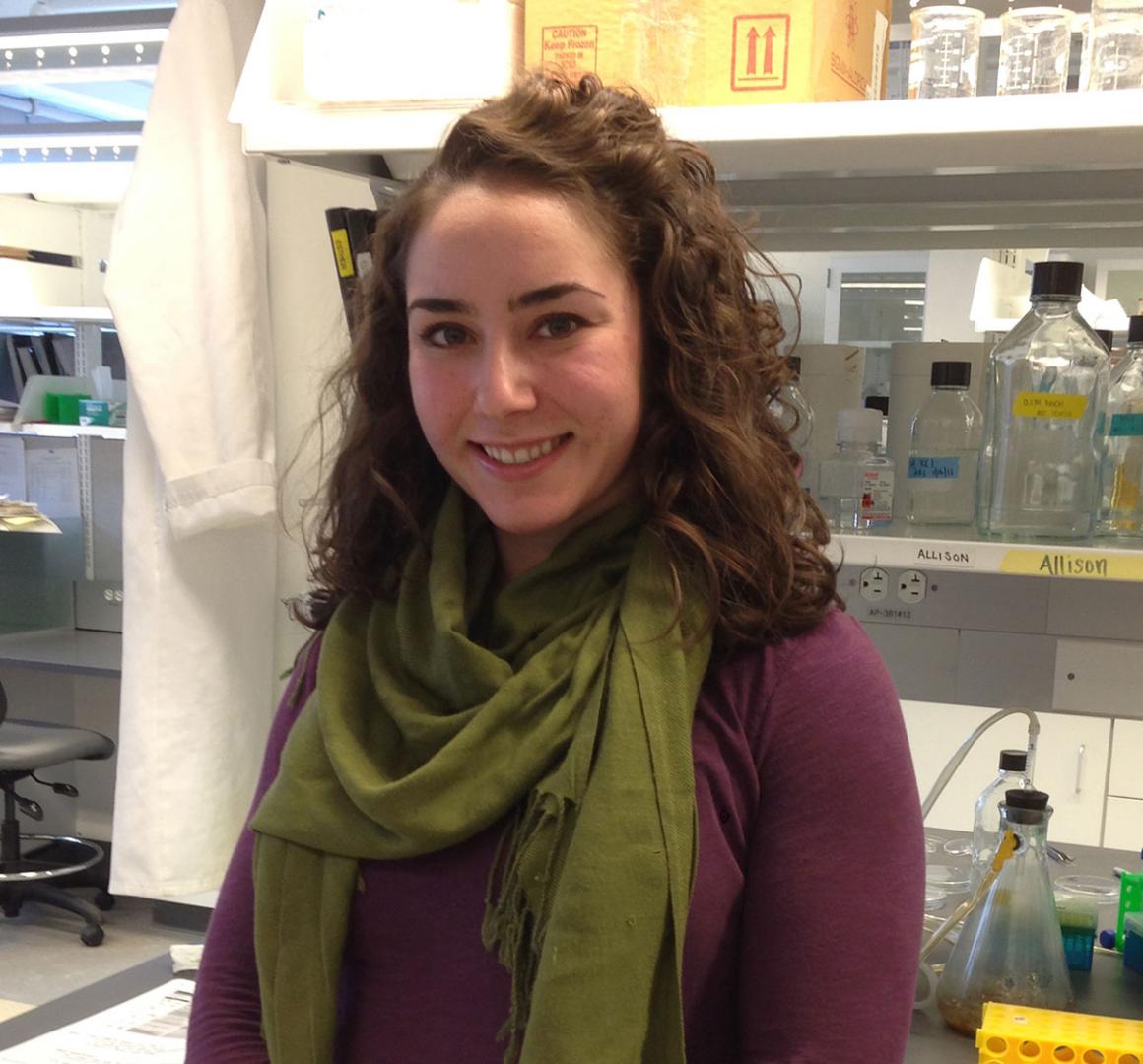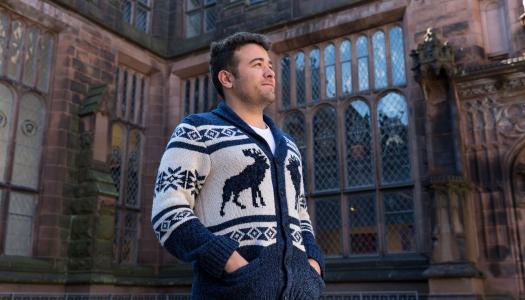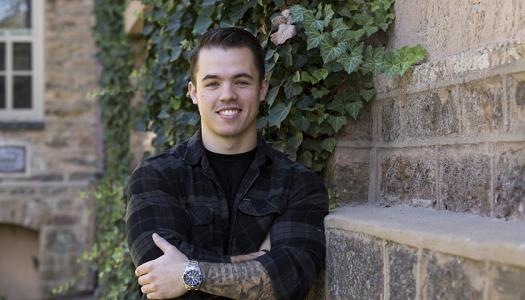
It was spring, and the calendar hanging on the wall above Allison Simi’s cluttered desk was stuck on January.
The image for January was a protein structure that Simi, a graduate student in Princeton’s chemical and biological engineering department, hadn’t noticed until one day, frustrated by a roadblock in her research, she idly glanced at it and had a breakthrough.
Watching the Time Lapse
Simi combines techniques from engineering and insights from biology to study how the stiffness of breast cancer tumors affects the behavior of surrounding cells.
She makes a gel with the consistency and shape of a soft contact lens, which mimics the stiffness of breast tumor tissue. Then she uses a pipette to drop mouse mammary cells onto its surface, and slides it under a special microscope that takes time-lapse video.
Simi viewed videos of the cultures repeatedly, observing that healthy mammary cells were combining to form new cells that had more than one nucleus. Researchers already knew that these “multinucleated cells” can become cancerous. And she had determined that increased stiffness of the tumor tissue leads to the creation of these multinucleated cells.
Now she was trying to identify the biological mechanism that causes healthy mammary cells to become multinucleated in response to stiffness. What was the switch? She had investigated many potential targets, but they hadn’t worked.
Sometimes the Answer “Hits You in the Face”
That spring day last year, as she was watching the videos again, she looked up at her calendar and decided she might as well turn it to the right month. But then, the intricate protein structure on the January page captured her attention. It looked like a knot between two cells, and she wondered what it was.
Simi read the caption: the structure was involved in cell division. She had been looking for errors in cell division related to multinucleated cells—might this structure be involved?
Looking up the scientific paper that was the source of the image, she realized that the protein structure pictured on her calendar was actually an important player in her videos. That discovery helped her identify the particular protein within the structure that acts as the biological trigger and causes cells to develop multiple nuclei.
She had found the culprit. “A lot of science happens in unexpected ways,” she says. “You hope it will hit you in the face one day.”
Her findings could potentially point the way for improved treatment for breast cancer.
Traditional chemotherapy targets the tumor cells themselves, but Simi’s work might lead to drugs that target the complex environment surrounding tumor cells, such as a drug that blocks the particular protein that triggers the creation of multinucleated cells.
“The other side of Allison’s findings,” says Celeste Nelson, Simi’s advisor and a professor of chemical and biological engineering, “is that soft tissue completely blocks cells from becoming multinucleated. So if there’s a way to trick the cells into thinking they are in a softer setting, that could possibly stop progression of the disease.”
On a day-to-day basis, as Simi engineers tumors outside the body and counts multinucleated cells, the implications of her research often feel “far away,” she says. “But then you figure something out, like the discovery of this protein. It feels great to be a piece of the giant puzzle that so many researchers are trying to put together in the effort to eliminate cancer.”
For information on supporting engineering and applied science, contact Jane Maggard, associate dean for development, engineering and applied science, at jmaggard@princeton.edu or 609.258.6850 or Tom Roddenbery, associate director, fundraising initiatives, at thomasr@princeton.edu or 609.258.6122.


